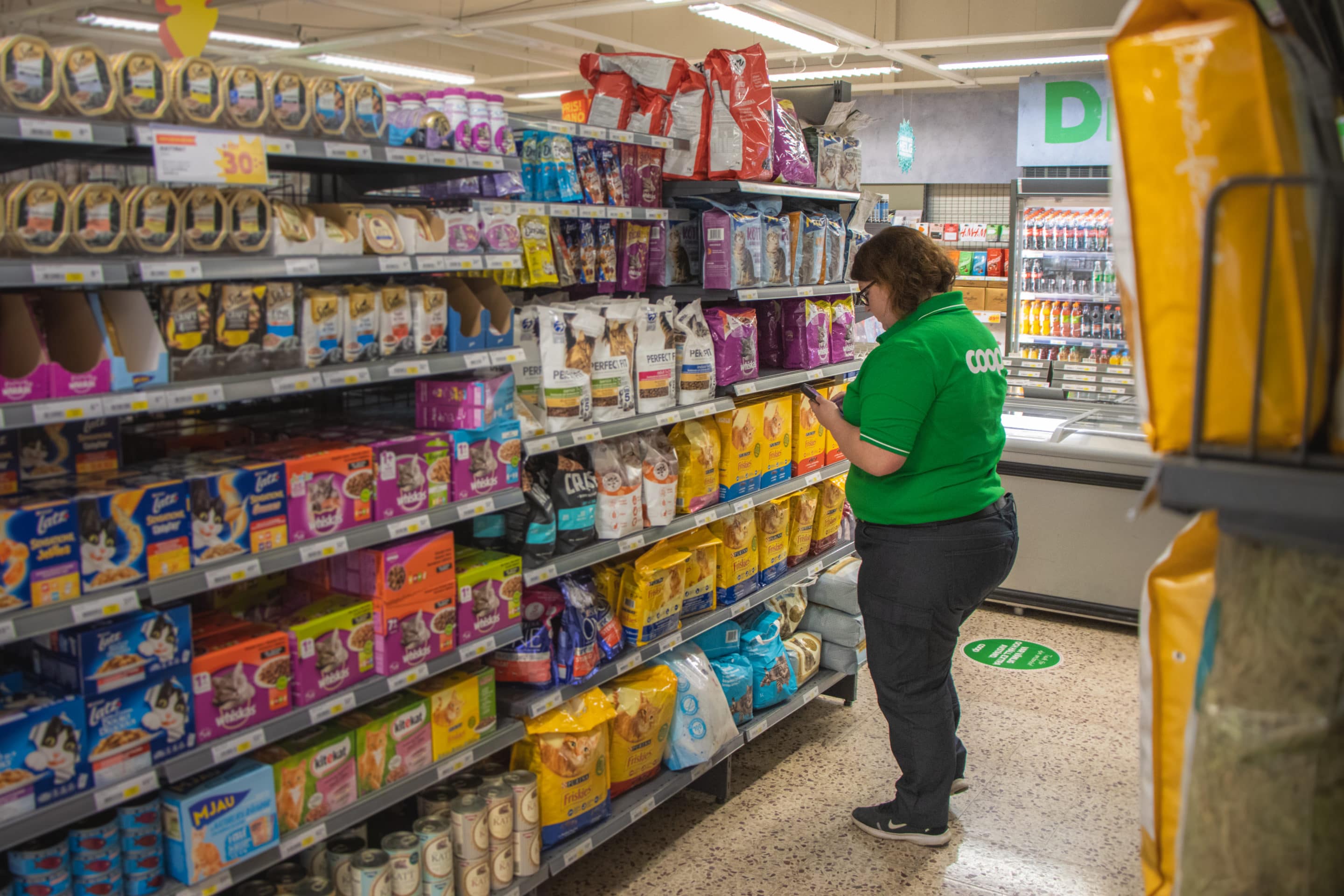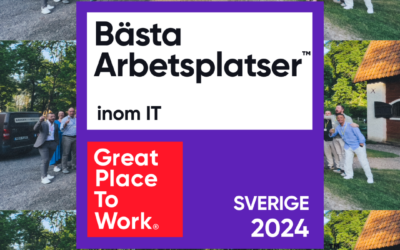New Digital Assistant Saves Store Staff Several Seconds. Each Minute!
When Gullan Andersson, Store Manager at Coop Koppom opens up her grocery store at the beginning of every day, the first thing she grabs is a hot cup of coffee. The second thing is a small digital assistant.
The digital assistant is one of the most important tools for Gullan and her colleagues and it is used throughout the day for tasks like ordering items, monitoring inventory, price updates, and to print new labels. Therefore the tool must be easy to use, effective and smart. Unfortunately, that has not always been the case.
New times, new tools
The old tool used by Gullan and most store staff is not bad. It worked just fine. The problem however was that it was starting to become a bit old. Outdated perhaps. And that new and smarter technology had emerged bringing new opportunities for integrations with their other digital systems.
Instead of updating the old tool, still keeping the old operating system, or just moving the whole thing into an android-solution, together with Coop, we decided on a different approach.
The vision – Having one tool for everything
As I said, the problem was not that the old tool was bad, it was there were other new tools that were much better. This applied to other systems in the store as well. For instance, the ”Store Portal”, in which most orders are placed and campaigns are planned, also needed an upgrade.
With this in mind, a new vision for the project took form – To have one tool for all tasks in the store”.
Using the Design Thinking Process to understand the real problems.
At this point, we decided that this case would be perfect to approach with the design thinking method. Because often when you are trying to solve problems that you are not experiencing yourself, (i.e., other people’s problems) the problems are not really solved.
For us, it has proven to be extremely useful in solving complex challenges where it is difficult to really pinpoint the core issue.
The Five Stages of the
Design Thinking Process:
1.
Empathize
Understanding the human needs involved.
2.
Define
Re-framing and defining the problem in human-centric ways.
3.
Ideate
Creating lots of ideas in ideation sessions.
– Super fun👍
4.
Prototype
Adopting a hands-on approach in prototyping.
5.
Test
Developing and testing the solution to the problem
Each stage is performed with a single goal in mind – To bring ideas to life based on how the real users think, behave and feel.
The Result
Well. To be honest we do not really know yet. We are still in the testing phase and it is a bit too early to call it a success from a broad perspective. Today there are multiple tools out in almost all Coops stores all over Värmland, and the response from the users is very positive. But we will have to wait just a little longer before we can back up our claims with statistics and data.
What we do know is that Gullan really likes the tool. And for us, that is a pretty good start!
To be continued.
Watch the video below to see the tool in action and hear what Gullan thinks about it!
Nyheter. Insikter. Omtanke.
Elvenite rankas som en av IT-branschens bästa arbetsplatser 2024
Elvenite rankas som en av IT-branschens Bästa Arbetsplatser 2024 Elvenite har utsetts till en av Sveriges Bästa Arbetsplatser inom IT 2024, en prestigefylld utmärkelse från Great Place To Work®. Elvenite rankas på plats 15 av 25, vilket är en hyllning till vår...
När mjölken flödar stabilt, året om
När mjölken flödar stabilt, året omVisste du att mjölkproduktionen svänger kraftigt under året? Medan vi konsumenter köper mjölk i samma takt oavsett säsong, står mejerier som Valio inför stora utmaningar. Under sommaren flödar mjölken, men när vintern kommer minskar...
Så använder vi word embeddings och AI: från bordsplacering till dataanalys
Så använder vi word embeddings och AI: från bordsplacering till dataanalysAtt göra den perfekta bordsplaceringen är en utmaning vi alla kan relatera till, oavsett om det är en privat fest eller ett större företagsevent. Vågar jag sätta Anna bredvid Henrik eller kommer...




